Chicken Coop Flooring Materials – Wood Is Great, But There Are More!
If you’re in the process of building your chicken coop and are wondering what flooring materials to use, you’re not alone. The vast majority of us coop owners use a wood floor, either plywood, tongue and groove or similar.
But there are a lot of other options out there that work just as good…in fact many people think these other options actually work better!
The ideas we’re looking at today include wood, vinyl/linoleum, rubberized mats, ceramic tiles, hardware cloth, and concrete. It’s not an exhaustive list, but will give you some of the more popular ideas out there.
And if your looking for flooring ideas for your RUN flooring, consider these options. Ok, let’s get to it!
Wood
This is what we have in our chicken coop and it works great. Our coop is a 4 ft x 6 ft standard coop, about 3 feet off the ground. The floor is a sheet of plywood, which has been painted and has worked well for several years now, and we use the deep litter method so it’s always covered by a thick layer of wood pellets. (for more about our deep litter system, read here).
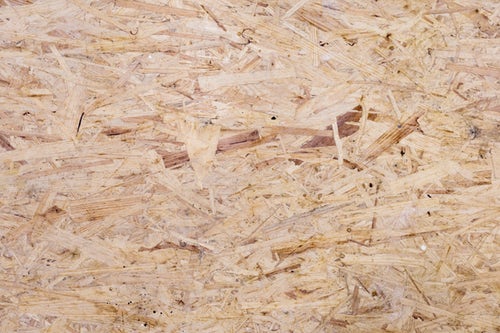
Photo by Neven Krcmarek on Unsplash
A word about plywood…there are many different types of plywood out there but we would suggest not using the composite type of plywood which is primarily for indoor use, shelving etc. It cannot tolerate moisture and, if it gets wet, will swell and become weak. The best kind to purchase would be exterior grade as it will withstand any moisture, chicken poo, and hold up much better over time.
Hardware Cloth
Hardware cloth, or wire mesh, is also a fairly common type of chicken coop flooring. This type of flooring is essentially nailed or stapled in as the floor of the coop. It will have 2 inch x 2 inch supports every 2 feet apart that will support the wire and be the surface the wire mesh can be nailed onto. These supports will also hold the weight of your chickens but, unless you use 2 inch x 4 inch or larger framing lumber under your coop, it will not support the weight of us humans ?
The rest of the coop is built no differently but the flooring is open, which allows for the poo to drop through the wire mesh and onto the ground below for easy cleaning. You’ll never have to buy bedding with this system, saving a lot of money over the life of your flock.
The chickens can walk just fine over this, but not until they are at least of adolescent age when their feet are large enough not to fall between the squares. For chicks, you’ll need a brooder set up. We talk about brooders here.
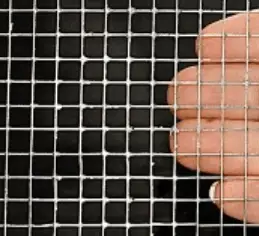
Some chicken farmers buy or make coops with a metal slide out tray that slides in under the hardware cloth, which is great for easy cleaning. Plus, you can easily discard the poop where ever you want without making a huge mess (or getting it on your hands – yuck!). We review many of those coops here.
This type of flooring is ideal for elevated chicken coops (around 3 feet off the ground) since it’ll be easier to clean up the droppings. However, if you have a mobile coop (also called a Chicken Tractor), this won’t be an issue as you can simply move the coop around each day and never have to mess with poo clean up.
Some chicken farmers don’t prefer this type of flooring if they have larger and need to walk around inside it to access feed, water, nest boxes etc. Others have commented that it’s not ideal for cold climates because it leaves the entire underside of the coop exposed to the cold winter air.
We won’t get into whether adult chickens need heat in the coop at this time, but in short, it’s not really necessary…we talk more about that here.
Linoleum Flooring
To be honest, I hadn’t really considered the use of linoleum flooring for a chicken coop. But it really is a brilliant and inexpensive flooring option that is easy to clean, and protects the sub-floor from moisture, poop etc.
It may be a bit slippery but with a couple inches of bedding materials like wood pellets, straw etc, it shouldn’t be an issue.
The information out there is mixed on whether is should be glued or stapled/nailed down to the floor. Some coop owners who use this type of flooring think the fumes from the glue can make the chickens sick…but if there is adequate ventilation in the coop, this shouldn’t matter especially after the glue has dried.
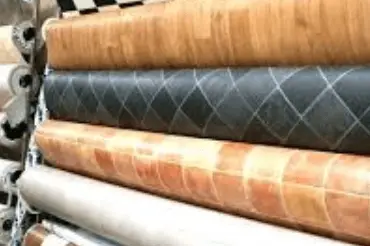
But if you’re concerned about this, stapling or nailing it down will work fine. Our only issue with stapling is that if you use a shovel to clean out the droppings or dirty bedding, the lip of the shovel will get hung up on the staples, possible pulling them out.
If you’re not picky about color pattern, you can probably find a roll, or partial roll, of linoleum flooring at a local used rebuilding or re-purposed materials store. The big box stores will also have it, or it can be purchased online.
Rubberized Mat
Horse owners will already know what these are – essentially, they are thick large black rubberized mat often used in horse stalls. They are great over concrete floors but can be used over a wood floor as well.
These mats are very practical in that they are made of solid rubber which is very durable, and easy to clean by shoveling out the poop and hosing them off. Over concrete they can provide additional padding/insulation.
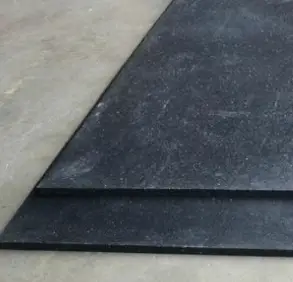
For use in a chicken coop, they can be cut to the size of your coop floor and placed over top – no gluing or nailing down is necessary. They have plenty of weight to them which holds them down nicely. They are also very durable.
They can be purchased at your local farm store, or online. Expect to pay more for these mats but know you’re getting great value and they’ll likely last longer than your coop!
For more information, we’ve included a forum to others who are using them here.
Concrete
This is good option if you are using a barn or shed on your farm or property that already has a concrete floor. If you’re still in the planning phase of your coop (and you’re ambitious), you can even pour a concrete slab and build your coop on top of it!
Concrete is as solid as it gets, is easy to clean, and does not harbor mites or parasite. It’s also predator proof – no animals are digging through concrete to get at your flock!
It may not the most user-friendly option for people who don’t have a shed with a cement floor. However, if you’re willing to go through the effort of building a form and pouring the cement, you’ll definitely have a great foundation.
Bear in mind that by using a cement slab, you can keep your coop at ground level. Below is video of how to pour a concrete slab. For a smaller coop, you wouldn’t need a slab nearly that large – just pour it for the dimensions of the coop.
Concrete is not overly expensive. You can buy a bag of concrete mix at your local home store for around $5.00 or less, often much less. You can also save your back (those bags are heavy!) and order it online. If you’re not planning on having a large floor area, you don’t need a fancy concrete mixer – a wheelbarrow and a large stick for mixing water in the dry concrete mix and you’re all set.
Polypropylene Plastic
These are made of plastic, making them easy to clean. They are also rot proof. You’re flock is not able to dig and scratch on top of them, but hey, they have the run space for that!
It’s recommended these be elevated off the ground, similarly to using hardware cloth. It allows the fecal material to fall through the slots. This flooring option can be hosed down easily and will last a LONG time.
We found a company QC – Supply, which sells them online. Below is what they look like, as described on their website.

Ceramic Tiles
This is another great option for ease of cleaning. Ceramic tiles are another solid option for your coop. They too will be heavy, but not as heavy as a concrete floor.
Because coop flooring is often a smaller space, you generally don’t have to buy a lot of tiles to get the job done. The simplest way to install a ceramic floor is by using the largest tiles you can find, which are 18 inches x 18 inches or 12 inches x 24 inches.
But if you like the look of smaller tiles, there are a plethora of other options. Just know that installing larger tiles is MUCH EASIER than installing the smaller sizes. Anyone who has tiled a bathroom floor will know what I’m talking about ?
You can buy these tiles from home stores, but it’s a smart idea to check stores that sell re-purposed building materials as you may find some smaller quantities available there. They’re also available online.
As for install, you can cut them to size and simply lay them down. No glue or adhesive is needed! Some coop owners would argue that it’s not solid enough that way, but if it’s only your chickens walking around in there (and not you as the larger coop owner), it should work just fine without gluing it down.
Another benefit of not adhering the tiles to the floor is that it eliminates the smell of toxic fumes.
It’s really a matter of preference.
Here’s a great YouTube video of the process:
Snap Vinyl Flooring
This is another easy and durable option to lay over an existing floor or sub-floor. These are vinyl and hold up very well to moisture, which is why these are a common choice for bathroom floors. they are super easy to install too! Best of all, they never require glue or adhesives of any kind.
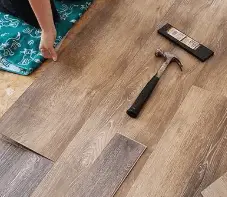
The only potential problem with this type of flooring is if are going to use bedding material over the top of it, you’ll have to add a piece of quarter round or similar trim around the edges of the flooring so the bedding won’t make its way under it.
Dirt
We list this because it’s as simple as it gets! Just simply don’t add a floor at all, and keep it as dirt. Chickens love to scratch and dig around in it, and will create dust bath pockets all through it.
The downside to dirt is that it can harbor more bacteria and parasites. Odors can become problematic as well, especially if bedding of some sort is not added on top.
If you live in a wet climate, the coop can turn into mud, making the problem worse.
If you like the simplicity of keeping a dirt floor for your brood, consider adding a thick layer of bedding on top, like wood chips or sand, to minimize the aforementioned issues.
Coop Bedding Options
Now that you’ve found the perfect coop floor, it’s time to add bedding (unless you’re using hardware cloth and bedding is not needed).
To be honest, you may not actually NEED bedding with any of these flooring types but we recommend it since it gives the flock something to pick and scratch in, will give your flock better traction for moving around (linoleum is slick for chicken feet), and will also provide some added insulation.
There are plenty of bedding options to choose from, including wood pellets, straw (or hay), pine shavings, wood chips, newspaper, to name a few. Not all bedding options are the same, however. We talk about bedding types and the deep litter method here if you would like more information.
For our coop, we use a base of wood pellets we bought at our local farm store. We use the kind that are burned in wood pellet stoves, which come in 40 lb bags. They can also be bought online. They work great for the deep litter system of bedding for the coop but, ultimately this boils down to personal preference, how often you want to clean your coop etc.
Closing Thoughts
We hope your mind is churning with different flooring options for your coop. We covered more of the commonly used ones but we are quite sure there are more if you get creative!
We chose a simple plywood flooring for our coop, painted it, and use about 2 – 6 inches of wood pellets. As long as it doesn’t get wet, it will last for many many years. We also find it to be low maintenance.
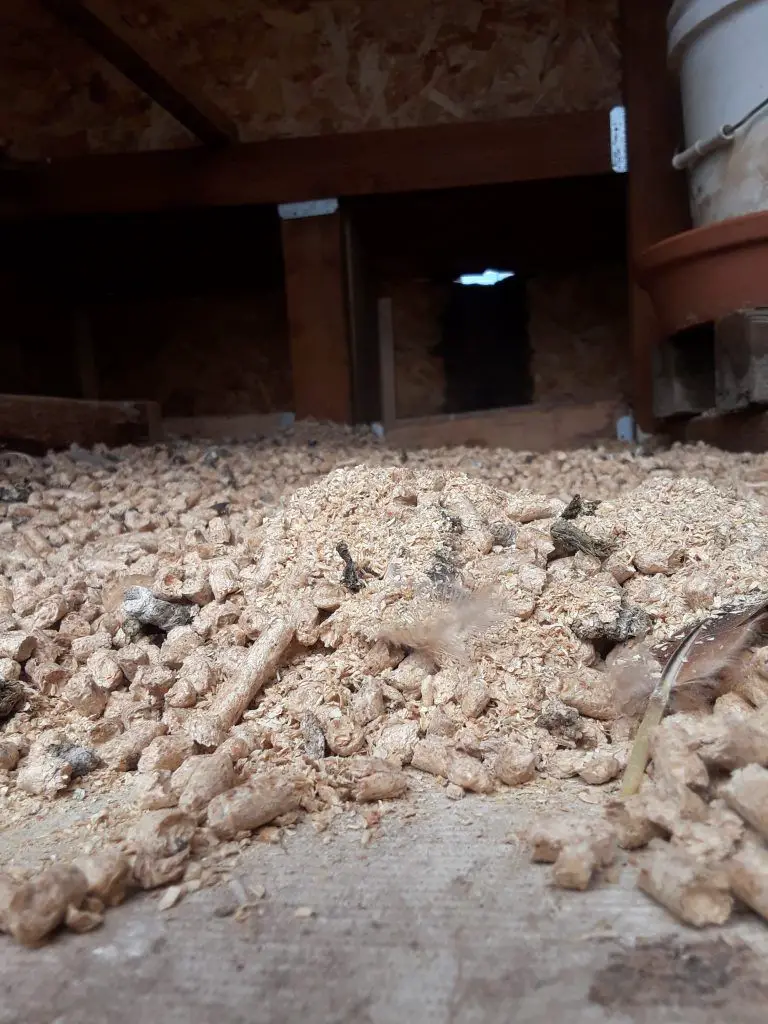
But whatever flooring you pick for your coop, it’s a good bet your chickens won’t complain! Please leave a comment below if you’ve tried any of the above flooring methods or use something else in your coop. We’d love to hear about it! Thanks for stopping by.
Like this post? Pin it!


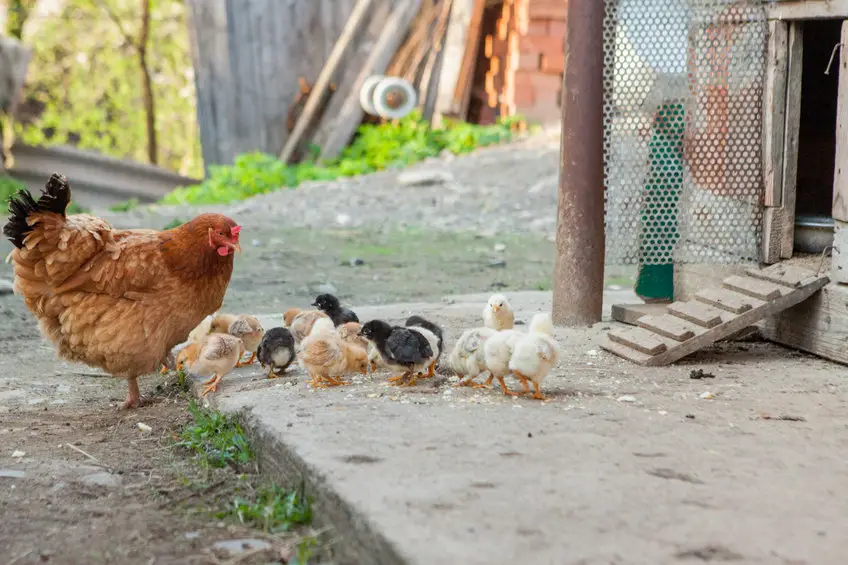


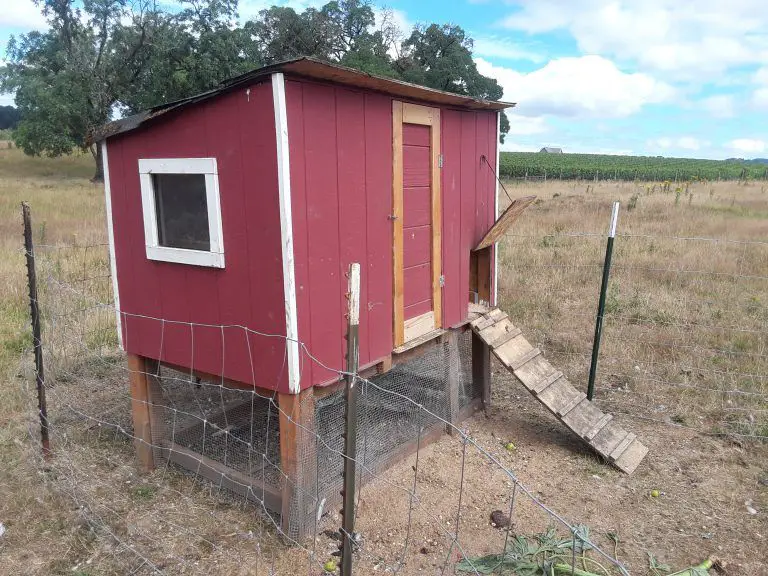
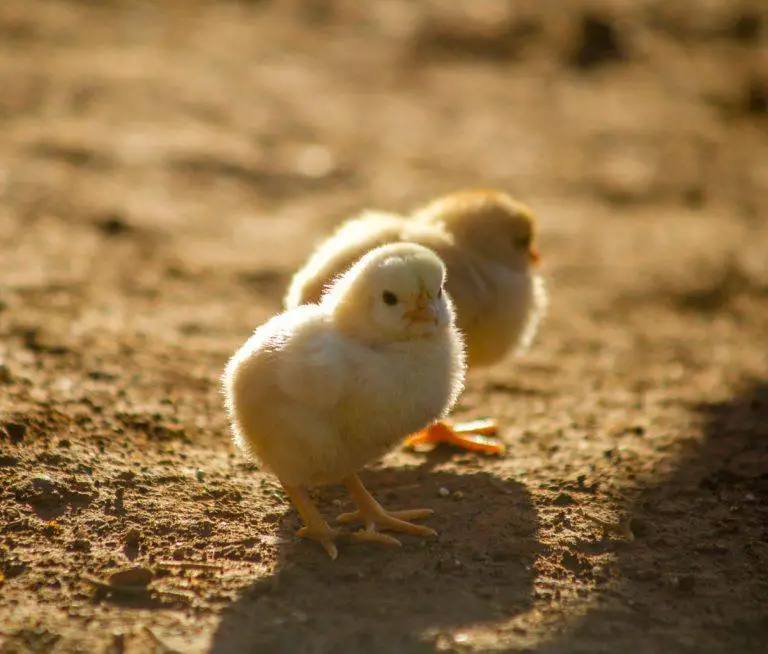
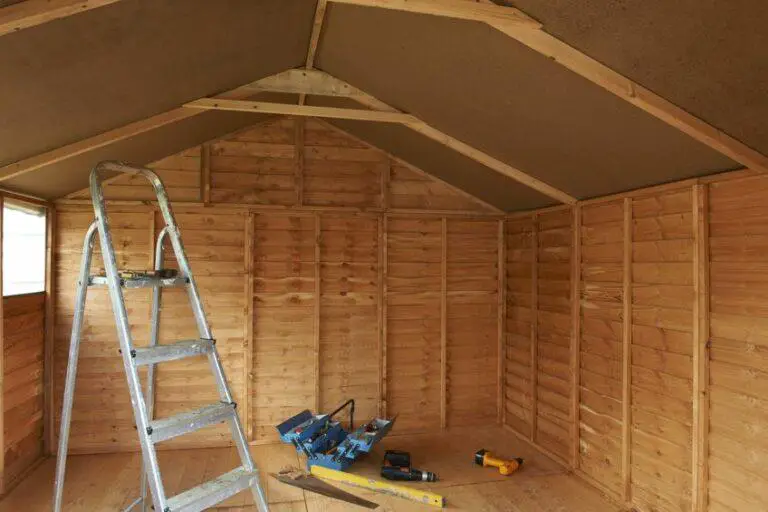
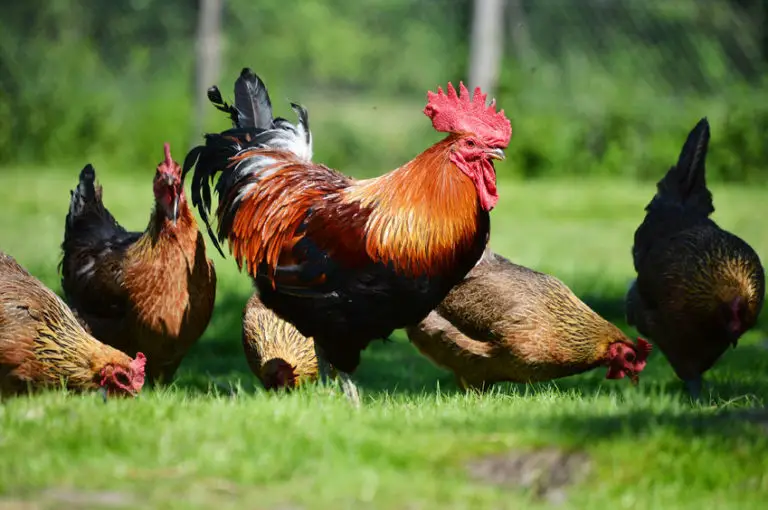
Have a 10 x 8 chicken coop for 8 hens and 2 roosters with two perches. The first time I made a coop, I thought that each bird needed their own nesting box, so I built one for each hen and discovered, by them teaching me, that they shared the boxes, sometimes even two of them in one at the same time. For the flooring, it is on dirt that I covered with a tarp and placed hay on it, changing the hay as needed. The tarp was primarily because the coop was on a slant and water ran from the hill into their house, so the tarp did an excellent job in keeping it dry. I would think that linoleum would hold odors after a time, so I would not consider that. The biggest problem that I have now is the mice sneak in at night and eat the foot that the chickens toss on the floor. There is really no way to keep the grains in one place. Thanks for your article. Sue.
Hello Sue – sorry I didn’t see your comment earlier! I had not considered how linoleum may hold in odors…it would probably work fine as long as it’s cleaned regularly and has a good seal around the edges so moisture etc. won’t get trapped under it.
Also – Your dirt floor with tarp sounds simple to maintain – I like to save work wherever possible. I would imagine the tarp needs replacing at times but sounds like a great system!
Mice (or rats) can be problematic – they are always drawn to the feed. We had a rat problem before and it took a lot of work to get rid of them. Traps worked well but the population had grown quite large by the time we even knew it was a problem…so we ended up using poison, something we didn’t want to do but it worked quickly and effectively. For both trapping and poison, we placed them in areas that were inaccessible for our chickens. Hope this helps and thanks for your comment!
Hello – glad to hear it was helpful!
You are welcome! Thanks for stopping by.
,Thanks a lot for this comprehensive post about Chicken Coop Flooring Materials. Actually, I have never raised chickens. But my friend does. I have helped him to do these things. Especially the videos you have attached are very important. I must try make with him and see. I will definitely share this. Keep posting like this.
Thank you Pasindu! Good luck building the coop with your friend.